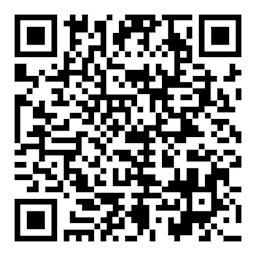3 ways to boost productivity in healthcare organizations
Summary
We share three tips for boosting productivity in your healthcare organization.
Read time: 2 minutes
Are you facing added pressure to increase efficiency while also lowering costs and improving outcomes? Taking proactive steps now can help.
There is mounting pressure to boost productivity in healthcare organizations in order to deliver better outcomes in less time and at a lower cost.
While the benefits of successfully navigating these challenges can be well worth the effort, trying to figure out how to create this complex balance is no small task. Fortunately, there are steps you can take to turn this challenge into an opportunity to thrive.
Where exactly should you start?
Every healthcare organization is different, but these three focus areas are a good place to start:
Technology infrastructure
The tools and technology that support your healthcare organization should help increase efficiency, not slow you down. As healthcare embraces new care delivery and reimbursement models, it will be increasingly important to equip your employees with technology that is agile. Ask yourself: can my organization’s current technology and tools help achieve the following?
Efficient communication across disparate health information systems and formats including digital, paper, structured and unstructured data
Accurate consolidation of clinical and financial information to provide a complete picture of performance
Secure exchange of health information among care team members to improve collaboration and care coordination
Workstyle innovation
As hospitals are expected to do more with less, the way they collaborate within and across departments will likely have a big impact on pace and care quality. Real-time communication and collaboration demands information mobility - the ability to capture, manage and transform information when and where it is needed. Make sure care givers have remote access to applications, including from their mobile devices, and are able to find and integrate information from different platforms.
Information management
Last, but not least, consider the way information travels throughout the enterprise. In many healthcare organizations, information is scattered across systems, departments and staff. A recent IDC Health Insights study found that 47.5 percent of healthcare employees need to access more than six data repositories for information.[1] Yet only 16.2 percent of hospitals surveyed enable search across all data sources. Identify where gaps are occurring and unblock the clogs in your workflows so you can handle patient data as efficiently as possible.
Don’t let productivity hurdles slow down your progress. Taking proactive measures now is the first step to building an efficient, agile culture that can improve outcomes – both internally and externally.
Recommended for you
How retail thrives as a hybrid workplace
For the retail industry, successful digital transformation requires scalable, safe, and secured enterprise-level solutions that simplify complexity.
Empowering employees with meeting space solutions
Today's hybrid retail and manufacturing workforce need integrated and secured meeting space solutions designed to enhance virtual collaboration.
5 steps to a content risk assessment
What is the purpose of a content risk assessment? Why should you do it? And how can it be done? We break it down into five basic steps to assess information risk.
- 1 Lynne Dunbrack, "Information Mobility at Hospitals Drives Accountable and Quality Care
